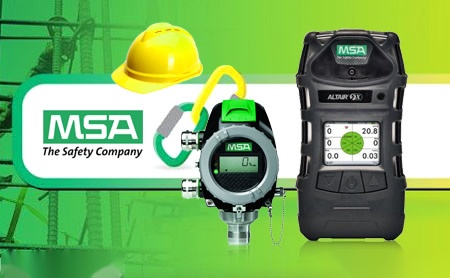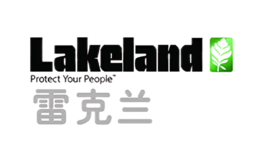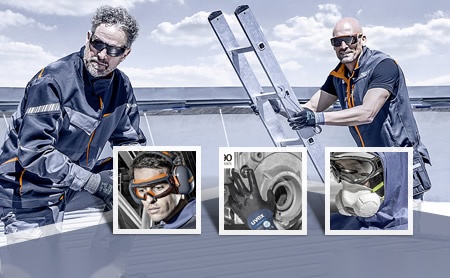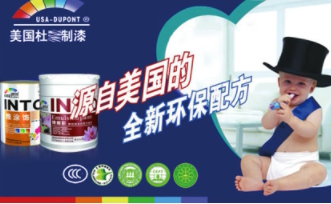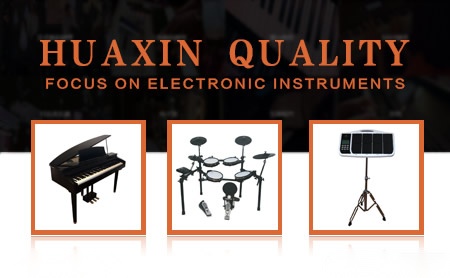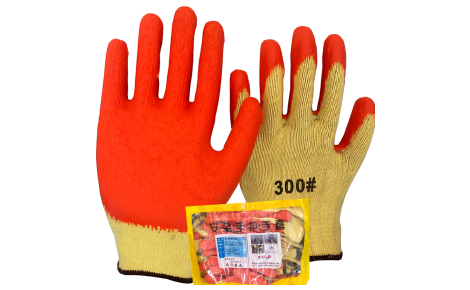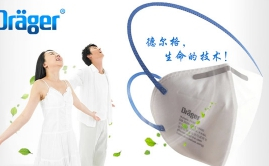
1個(gè)回答
Protective Clothing

Protective clothing is an essential part of personal protective equipment (PPE) that is designed to protect individuals from hazardous substances, chemicals, or environmental factors that may pose a risk to their health and safety. It is widely used in various industries such as healthcare, manufacturing, construction, and emergency services. The purpose of protective clothing is to prevent or reduce the exposure of the body to potential hazards, thereby minimizing the risk of injury or illness.
In recent years, the importance of protective clothing has been highlighted due to the outbreak of infectious diseases such as the Ebola virus and the COVID-19 pandemic. Healthcare workers, in particular, rely on protective clothing to protect themselves and prevent the transmission of diseases to patients and the community. The use of appropriate protective clothing, along with other infection control measures, plays a crucial role in containing the spread of infectious diseases and ensuring the safety of both healthcare workers and patients.
Protective clothing typically includes garments such as coveralls, gowns, aprons, gloves, masks, goggles, and boots. These garments are made from various materials depending on the level of protection required and the specific hazards present. For instance, in healthcare settings, disposable gowns and gloves are commonly used to provide a barrier against blood, bodily fluids, and other potentially infectious materials. These garments are usually made from non-woven fabrics that are lightweight, breathable, and resistant to liquid penetration.
In industrial settings, protective clothing is often designed to protect against physical hazards such as heat, flames, chemicals, and sharp objects. Flame-resistant clothing, chemical-resistant suits, and high-visibility vests are examples of protective clothing used in these environments. These garments are typically made from specialized fabrics that are durable, flexible, and resistant to the specific hazards they are intended to protect against.
The selection of appropriate protective clothing is crucial to ensure its effectiveness in providing the necessary protection. Factors such as the nature of the hazard, the duration of exposure, and the comfort of the wearer should be taken into consideration. It is essential to choose clothing that fits well and allows for ease of movement, as ill-fitting or uncomfortable garments may hinder the wearer's ability to perform tasks safely.
In addition to proper selection, the proper use and maintenance of protective clothing are equally important. Users should receive training on how to properly don and doff protective clothing to minimize the risk of contamination. Regular inspection and maintenance of the garments, including cleaning and disinfection, are necessary to ensure their integrity and effectiveness. Disposable garments should be properly disposed of after use to prevent cross-contamination.
The development of new technologies and materials has led to continuous improvements in protective clothing. For instance, advancements in fabric technology have resulted in the development of lightweight yet highly protective materials that offer increased comfort and breathability. Additionally, the integration of smart textiles and sensors into protective clothing allows for real-time monitoring of vital signs, temperature, and exposure to hazardous substances, providing valuable data for risk assessment and decision-making.
In conclusion, protective clothing is a vital component of personal protective equipment that plays a crucial role in ensuring the health and safety of individuals in various industries. Whether it is protecting healthcare workers from infectious diseases or industrial workers from physical hazards, the proper selection, use, and maintenance of protective clothing are essential. As technology continues to advance, we can expect further enhancements in the design and functionality of protective clothing, making it even more effective in safeguarding the well-being of individuals in hazardous environments.
-
 選擇適合的一線品牌系統(tǒng)門窗,享受更好的生活品質(zhì)
選擇適合的一線品牌系統(tǒng)門窗,享受更好的生活品質(zhì)
-
 一線品牌水下燈設(shè)計(jì)創(chuàng)新,科技突破推動(dòng)一線品牌水下燈市場(chǎng)發(fā)展
一線品牌水下燈設(shè)計(jì)創(chuàng)新,科技突破推動(dòng)一線品牌水下燈市場(chǎng)發(fā)展
-
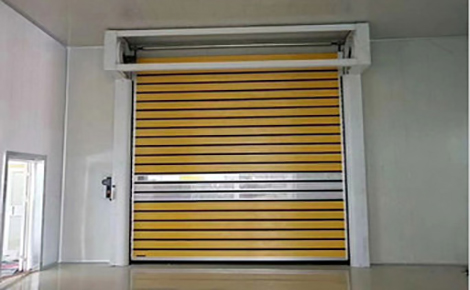 一線品牌堆積門風(fēng)云,古代皇家宮殿中的建筑奇跡
一線品牌堆積門風(fēng)云,古代皇家宮殿中的建筑奇跡
-
 一線品牌LED吊頂燈,家居裝飾的新寵,讓空間更明亮
一線品牌LED吊頂燈,家居裝飾的新寵,讓空間更明亮
-
 一線品牌系統(tǒng)門窗安裝注意事項(xiàng),保障家庭安全
一線品牌系統(tǒng)門窗安裝注意事項(xiàng),保障家庭安全
-
 全球首家智能一線品牌系統(tǒng)窗亮相,引領(lǐng)智能家居新潮流
全球首家智能一線品牌系統(tǒng)窗亮相,引領(lǐng)智能家居新潮流
-
 一線品牌景觀燈具點(diǎn)亮城市夜空,營(yíng)造浪漫氛圍
一線品牌景觀燈具點(diǎn)亮城市夜空,營(yíng)造浪漫氛圍
-
 LED臺(tái)燈,綠色環(huán)保節(jié)能明亮,成為時(shí)尚家居必備
LED臺(tái)燈,綠色環(huán)保節(jié)能明亮,成為時(shí)尚家居必備
-
 一線品牌系統(tǒng)窗設(shè)計(jì)新潮,打造現(xiàn)代家居風(fēng)尚
一線品牌系統(tǒng)窗設(shè)計(jì)新潮,打造現(xiàn)代家居風(fēng)尚
-
 環(huán)保材質(zhì)一線品牌鋁包木門窗受追捧
環(huán)保材質(zhì)一線品牌鋁包木門窗受追捧
-
 五彩斑斕的一線品牌景觀燈具,打造獨(dú)特城市風(fēng)貌
五彩斑斕的一線品牌景觀燈具,打造獨(dú)特城市風(fēng)貌
-
 LED吸頂燈設(shè)計(jì)新穎,成為家居裝飾新寵
LED吸頂燈設(shè)計(jì)新穎,成為家居裝飾新寵
-
 新技術(shù)助力一線品牌教育照明設(shè)備升級(jí),提升學(xué)習(xí)環(huán)境質(zhì)量
新技術(shù)助力一線品牌教育照明設(shè)備升級(jí),提升學(xué)習(xí)環(huán)境質(zhì)量
-
 商業(yè)空間設(shè)計(jì),巧用一線品牌感應(yīng)開(kāi)關(guān)打造舒適辦公環(huán)境
商業(yè)空間設(shè)計(jì),巧用一線品牌感應(yīng)開(kāi)關(guān)打造舒適辦公環(huán)境
-
 一線品牌LED吊扇燈,照亮你的家居生活
一線品牌LED吊扇燈,照亮你的家居生活
-
 一線品牌水下燈市場(chǎng)潛力大,一線品牌水下燈行業(yè)迎來(lái)新一輪增長(zhǎng)
一線品牌水下燈市場(chǎng)潛力大,一線品牌水下燈行業(yè)迎來(lái)新一輪增長(zhǎng)
-
 如何正確清潔一線品牌烤漆門,讓家居更加光亮
如何正確清潔一線品牌烤漆門,讓家居更加光亮
-
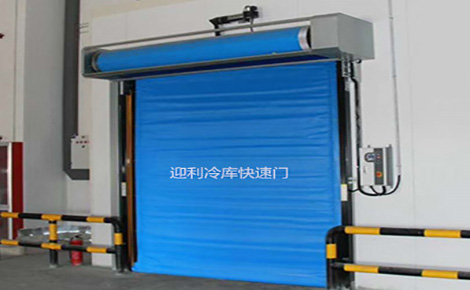 一線品牌堆積門之美,探尋中國(guó)傳統(tǒng)建筑中的獨(dú)特魅力
一線品牌堆積門之美,探尋中國(guó)傳統(tǒng)建筑中的獨(dú)特魅力
-
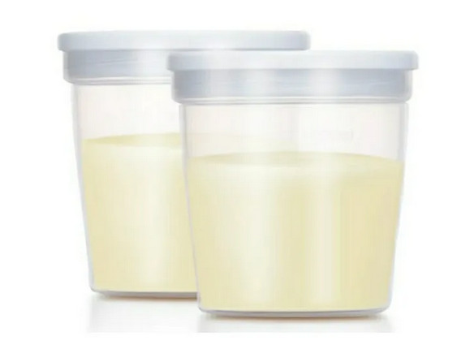 一線品牌小夜燈的魅力,溫暖如家的燈光
一線品牌小夜燈的魅力,溫暖如家的燈光
-
 效果更美觀!一線品牌床頭燈的擺放技巧分享
效果更美觀!一線品牌床頭燈的擺放技巧分享


 掃一掃關(guān)注品牌網(wǎng)
掃一掃關(guān)注品牌網(wǎng)


 瀏覽(134)
瀏覽(134)

 贊(0)
贊(0) 分享
分享 舉報(bào)
舉報(bào)
